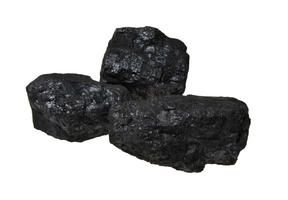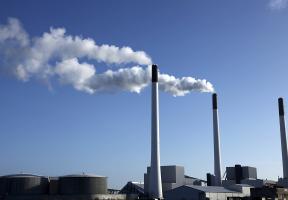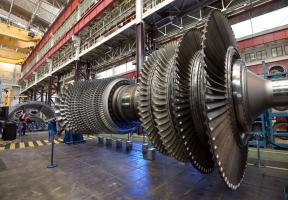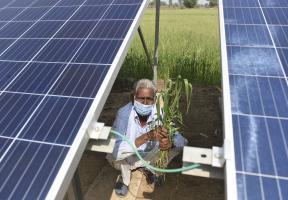Underground and Surface Mines
5 min read
was the that stoked the Industrial Revolution in the 19th century. Extracting coal from underground or open-pit mines continues to be a vital part of the world economy today.
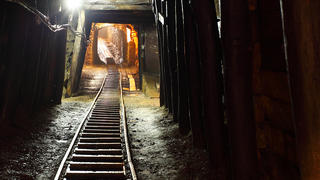
© Tomas Sereda - A gallery in an underground coal mine.
Depending on the depth of the , coal is extracted from underground or open-pit mines. In underground mines, vertical shafts are sunk and then galleries excavated horizontally. In open-pit mines, benches are drilled to allow trucks to circulate.
Underground Mines Are More Common
Several techniques exist:
- The room-and-pillar method involves cutting rooms into the and leaving a series of large pillars at regular intervals to support the mine roof. At each level where coal is present, the shafts connect to a grid of huge galleries (10- to 20-square-meter sections) that can extend over dozens of kilometers.
- The longwall method involves using a machine called a that looks like a huge plow. The shearer slowly pushes and cuts through the coalface. It recovers the loosened ore as it advances and lets the roof collapse behind it. This is called caving. Sometimes buildings or roads located above the mine can be damaged as a result. This problem can be solved by backfilling, which consists of using mine waste to support the roof after the coal has been removed. However, this is very expensive.
Conveyors or cars (railway wagons) transport the coal to vertical shafts for removal from the mine. After the coal is brought up to the surface by conveyors, it undergoes a process that removes sand and mud by immersing the coal in a solution of water and tiny magnetite particles. The different elements separate naturally. The coal floats while the other ores, called tails, sink to the bottom.
In mountainous regions, galleries can be drilled horizontally into the side of the slope, eliminating the need to build special infrastructure to bring the coal back up to the surface.
There are hazards, however. Galleries can flood or collapse, or fine particles of coal dust in the right concentration can explode and produce intense radiant . Fire damp explosions can also occur. They are caused by undetectable pockets of methane, mixed with the air in the galleries, that are highly combustible. Almost 1,800 miners have died in France in coal mining disasters since 1876. More than 6,000 miners died in China in mining accidents in 2004, while 301 were killed in a mining accident in Soma, Manisa province, Turkey on May 13, 2014. And between February 25 and 28, 2016, 36 miners were killed by a series of methane explosions in a coal mine in Vorkuta, Russia, more than 100 kilometers north of the Arctic Circle.
Open - Pit Mining is More Profitable
An open-pit coal mine is a huge hole in the ground with terraces along which earth-moving vehicles excavate seams. It looks a bit like a sports stadium. The largest open-pit mines are several kilometers long and hundreds of meters deep.
First of all, the layer of earth – overburden – above the first coal seam has to be removed. (The seam can be up to 200 meters below the surface.) All the earth around the base of the seam is removed before extraction begins. When the hole is large enough, the miners dig down to the next layer of coal. Each layer is called a bench.
Huge excavators extract the coal. The biggest of these machines is 240 meters long (longer than two soccer stadiums) and 96 meters high (equivalent to a 38-story building). The buckets on the excavators can hold up to 300 metric tons of rock.
Open-pit mining costs less than underground mining and is therefore more profitable in terms of productivity. Working conditions in these mines are also much safer. However, open-pit mining is less acceptable from an environmental standpoint, because it disfigures the landscape and causes dust pollution.


